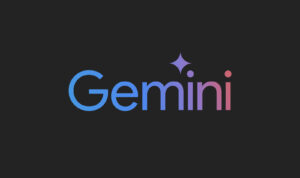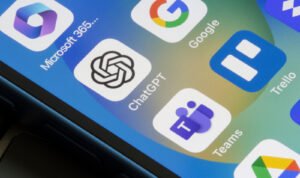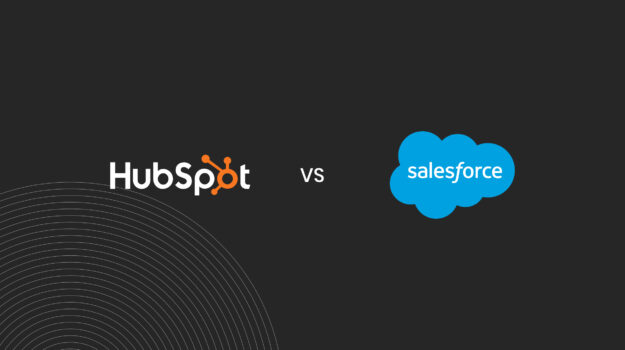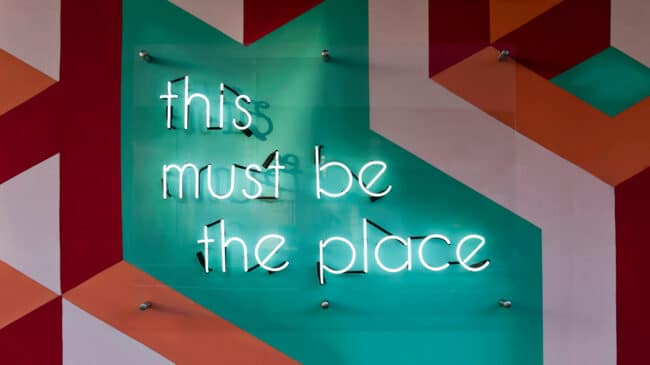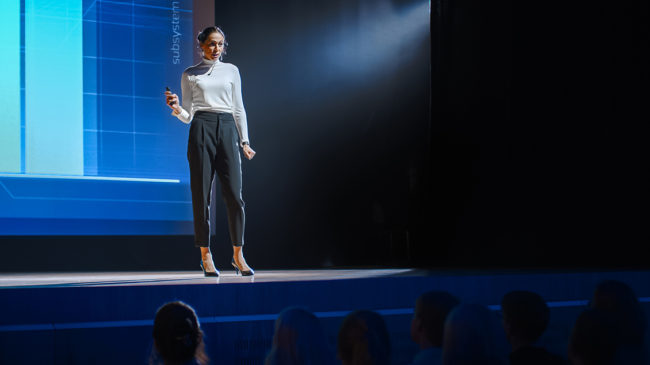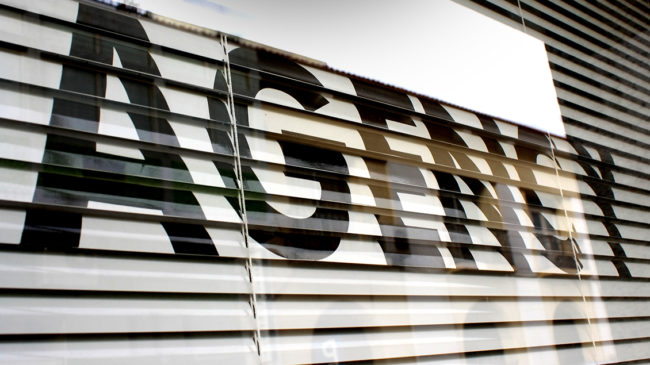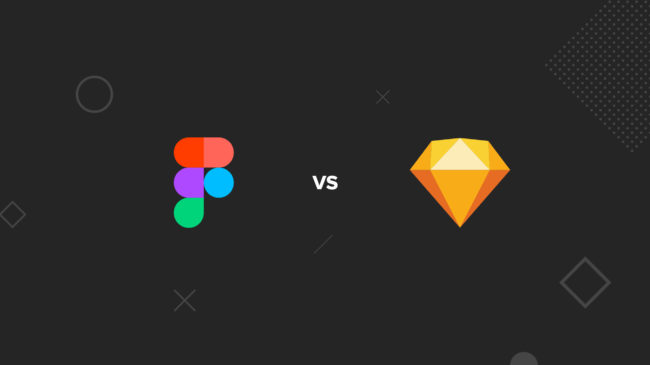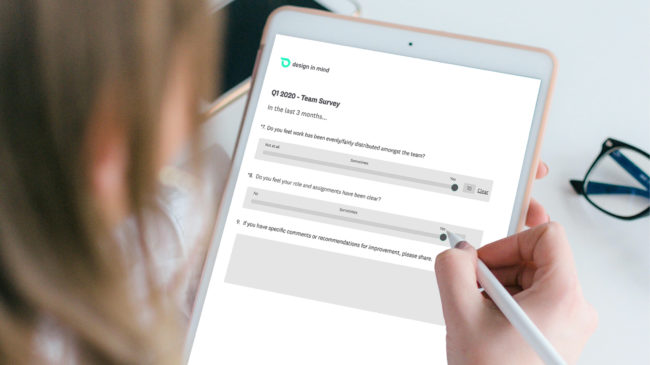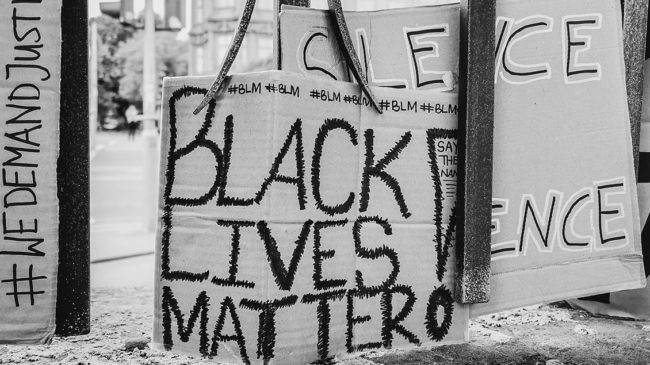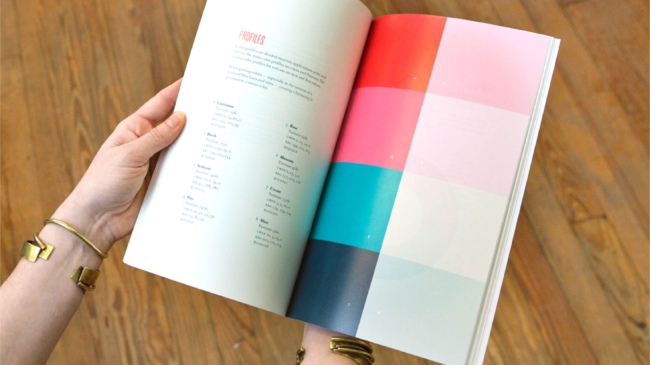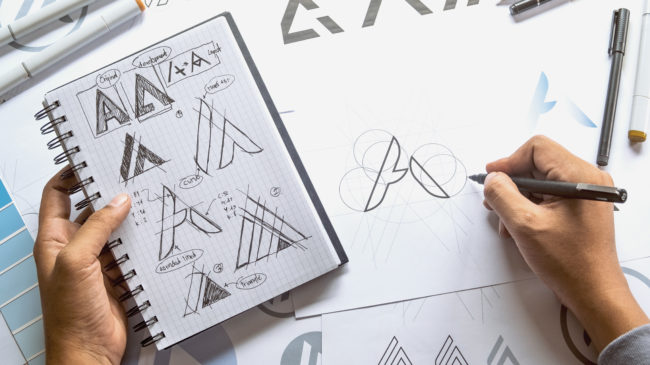AI is Everywhere, But Which Tools Are Worth It for Your Design Agency?

AI is all the rage right now, and for good reason. It promises to streamline tasks, boost creativity, and help teams work more efficiently. But with so many tools out there, it’s tough to figure out which ones are actually worth investing in—especially if you’re a smaller design agency with limited resources. Here’s a breakdown of some AI tools that could transform your workflow, along with the pros and cons of each.
1. Gemini for Smarter, Faster Emails and Customer Data Insights
Pros:
- Helps your agency write better, more targeted emails by pulling customer data from across all Google Workspace apps, like Gmail, Google Drive, and Google Calendar.
- Saves time by auto-generating email drafts based on previous interactions and customer behaviors.
- Provides insights into customer preferences and engagement patterns, allowing for more personalized communication.
Cons:
- Can be overwhelming if your team isn’t used to working with integrated data systems.
- The predictive suggestions may need tweaking to align with your brand’s tone and voice.
- It’s an investment, so it might be pricey for smaller agencies with limited budgets.
Verdict: Gemini is a game-changer for agencies that want to create smarter, faster email communication. By leveraging customer data from across Google Workspace, it allows you to craft more personalized and effective emails, saving time and boosting engagement. Just be prepared for a bit of a learning curve if you’re new to working with integrated data tools.
2. Adobe Sensei for Design Automation
Pros:
- Integrates directly into Adobe’s Creative Cloud, so no need for new tools.
- Automates repetitive tasks like background removal, object selection, and image enhancement.
- Speeds up workflow, allowing designers to focus on the creative side.
Cons:
- Requires a subscription to Adobe’s Creative Cloud, which can be costly for small teams.
- Some automations, while fast, don’t always match the quality of manual edits.
- May not feel revolutionary if your team already has advanced Adobe skills.
Verdict: Adobe Sensei is a solid addition for agencies already using Adobe tools. It’s great for saving time on tedious tasks, but the cost may be high if you’re a smaller team on a tight budget.
3. ChatGPT for Creative Brainstorms and Writing Help
Pros:
- Great for generating content ideas and overcoming writer’s block.
- Saves time on copywriting by offering solid starting points.
- Versatile—can be used for blogs, emails, social media posts, and more.
Cons:
- It’s not always perfect—sometimes the suggestions need heavy editing.
- Can feel a bit generic or formulaic at times.
- Not a substitute for deep, nuanced writing, especially for brand voice.
Verdict: ChatGPT is a lifesaver when you need quick content ideas or drafts. However, you’ll still need a human touch to make the writing really shine.
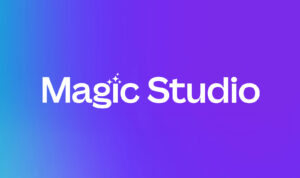
4. Canva’s Magic Design Features
Pros:
- Extremely easy to use, even for non-designers.
- Can quickly generate layouts and templates to save time.
- Offers a huge range of customizable elements for every project.
Cons:
- Designs can end up looking cookie-cutter if you rely too much on templates.
- Limited functionality for more complex design needs compared to Adobe tools.
- Can lack the polish or uniqueness that custom designs provide.
Verdict: Canva’s Magic Design is great for quick-turn projects, especially when you need something visually appealing fast. Just be aware that it may not always offer the uniqueness or detail that more advanced clients demand.
5. Looka for AI Branding
Pros:
- Quickly generates branding kits, including logos, color palettes, and fonts.
- Affordable option for clients with limited budgets.
- Offers a good starting point for branding discussions.
Cons:
- The designs can lack originality and feel templated.
- Limited customization options, so it’s not ideal for high-end clients.
- Not suitable for agencies that need in-depth brand strategy or complex visual identities.
Verdict: Looka is useful for quick, low-budget branding solutions but shouldn’t replace full-on custom design work. It’s more of a jumping-off point for ideas rather than a final product.
6. DALL·E for Custom Image Creation
Pros:
- Generates unique, one-of-a-kind images based on text prompts.
- Can be used for conceptual designs, abstract art, or filler imagery.
- Saves you from having to rely on stock photos.
Cons:
- The results can be hit or miss—sometimes it generates images that don’t quite align with your vision.
- Limited control over fine-tuning the results beyond the initial prompt.
- It’s not always a substitute for professional illustration or photography when high quality is needed.
Verdict: DALL·E is fantastic for quick, unique visuals when you’re in a pinch. Just be prepared to play around with it and refine your prompts to get the best result.
7. Copy.ai for Marketing Copy
Pros:
- Generates ready-to-use copy for ads, emails, websites, and more.
- Easy to use, even for non-writers.
- Saves time on repetitive writing tasks like social media posts or newsletters.
Cons:
- The copy may lack depth or creativity, especially for more complex writing needs.
- Can feel a bit robotic and generic if you rely on it too heavily.
- Not ideal for high-level brand messaging or content that requires a unique voice.
Verdict: Copy.ai is a huge time-saver for everyday marketing tasks, but for anything that requires personality or deeper creativity, it still needs some human fine-tuning.
8. Beautiful.ai for Presentations
Pros:
- Automatically designs slides, ensuring your presentations look polished.
- Super easy to use, even if you’re not a design expert.
- Great for quick-turn presentations or pitches.
Cons:
- Limited in terms of customization—you might find the templates a bit too rigid.
- It’s not as feature-rich as PowerPoint or Google Slides for more complex presentations.
- Repetitive use could lead to presentations that start to feel a little too similar.
Verdict: Beautiful.ai is perfect when you need a sleek presentation fast, but for more customized, high-stakes pitches, you may want to go with a more robust tool.
Conclusion
While AI can help your design agency run more efficiently, it’s not one-size-fits-all. The key is finding tools that complement your workflow and fill in the gaps where your team needs support. Each of these tools has pros and cons, so it’s all about figuring out which ones make sense for your unique setup. Give them a try and see what sticks—you might be surprised at how much they can lighten the load.
Have a project you could use our support on?
Let’s chat.



